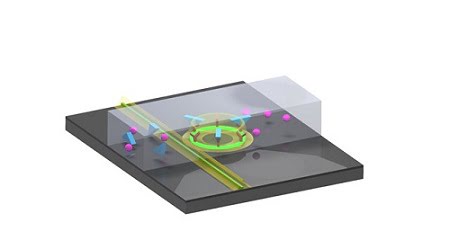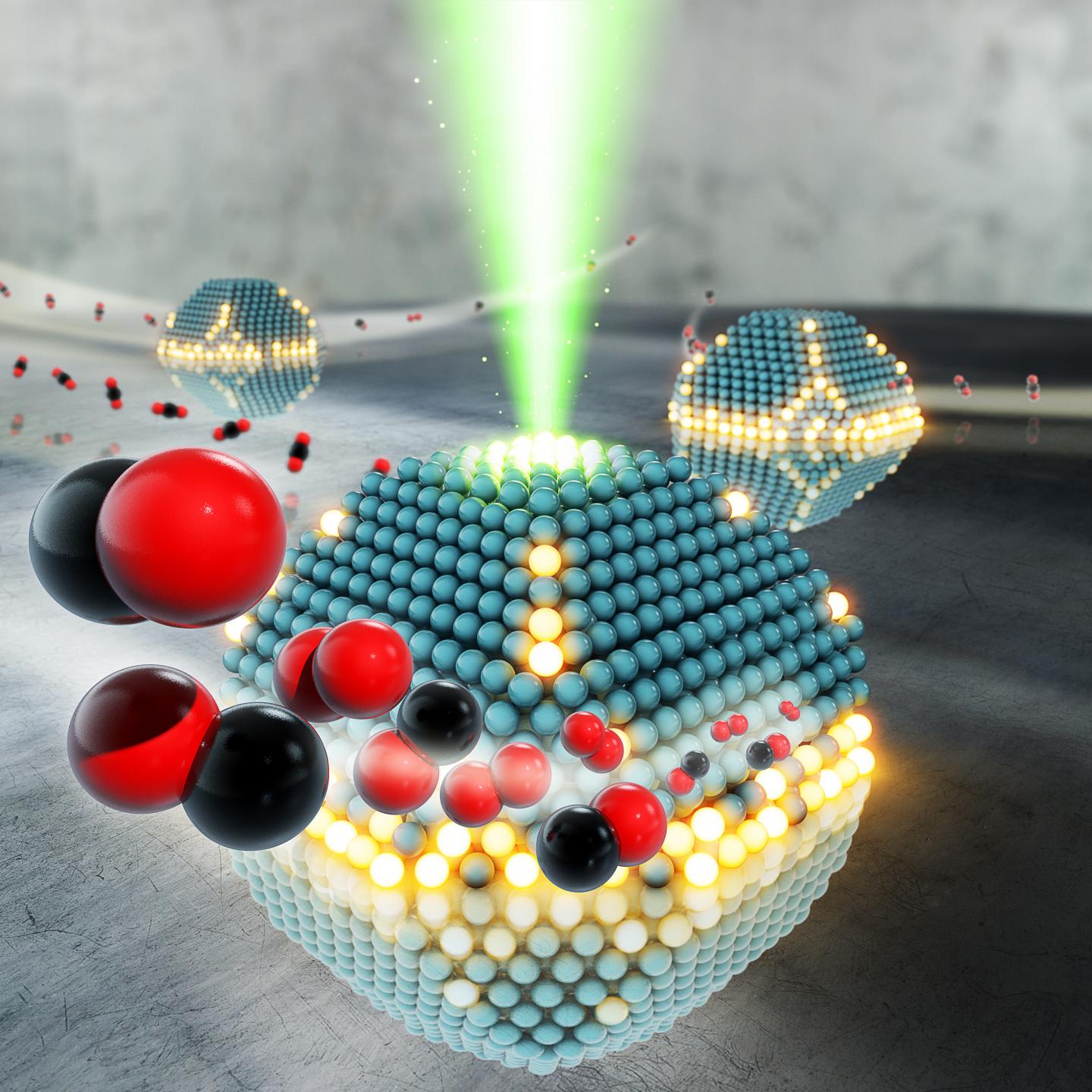Nanoelectronics and plasmonic nanosensors and the use of quantum dots in the production of electrical nanosensors
Researcher and author: Dr. ( Afshin Rashid)
Note: Electronic-plasmonic nanosensors are in fact the range of motion of these sensors in nanometer dimensions. For this reason, they have a very high accuracy and reactivity.
The structure of plasmonic nanosensors using nanoelectronic technology has been significantly improved so far. In such a way that more accurate, smaller and highly sensitive sensors have been obtained under the name of plasmonic smart nanosensors. Various sciences such as biochemistry, biology, electronics, various branches of chemistry and physics are involved in the design of a plasmonic nano sensor. The main part of a chemical or biological sensor is its nano-sensor element. The nano-sensor element is in contact with a detector. This element is responsible for identifying and linking to the species in a complex specimen. The detector then converts the chemical signals generated by the nanosensor element coupled to the target species into a measurable output signal. Biosensors rely on biological components such as antibodies. Enzymes, receptors, or whole cells can be used as sensors.
Quantum dots are defined as small semiconductor crystals. By controlling the dimensions of quantum dots, the electromagnetic field emits light in different colors and wavelengths. For example, quantum dots of arsenide-cadmium emit 3 nm of green light; While particles as small as 5.5 nanometers of the same material emit red light. Due to the ability to produce light at specific wavelengths of quantum dots, these tiny crystals are used in optical devices. In this field, quantum dots can be used in the construction of infrared detectors, light-emitting diodes . Infrared detectors are extremely important. The main problem with these detectors is their cooling . Liquid oxygen and electronic cooling are used to cool these detectors. These detectors for proper operation They must operate at very low temperatures, close to 31 degrees Kelvin, so they can not be used at room temperature, while detectors made using quantum dots can be easily used at room temperature. The need to build more accurate, smaller, and more capable sensors was felt. Today, high-sensitivity sensors are used that are sensitive to small amounts of gas, heat, or radiation. Increasing the sensitivity, efficiency and accuracy of these sensors requires the discovery of new materials and tools. Plasmonic nanosensors are nanometer-sized sensors that, due to their small size and nanometer size, have a very high accuracy and reactivity, so that they react even to the presence of several atoms of a gas.
Conclusion :
Electronic-Plasmonic Sensors In fact, the range of motion of these sensors is in nanometer dimensions. For this reason, they have a very high accuracy and reactivity.
Researcher and author: Dr. ( Afshin Rashid)
PhD in Nano-Microelectronics




